Wap Welcome to visit Love Fishing
Sea fishing means fishing in the sea. Compared with freshwater fishing, the most special thing is that sea fishing and wind complement each other. Freshwater fishing is basically not suitable for fishing when encountering strong winds. Sea fishing is completely different. The reason is that there is no time when the sea breeze is not blowing, and there is only the difference between size and wind direction. Let’s take a look at what weather is good for fishing in the sea!
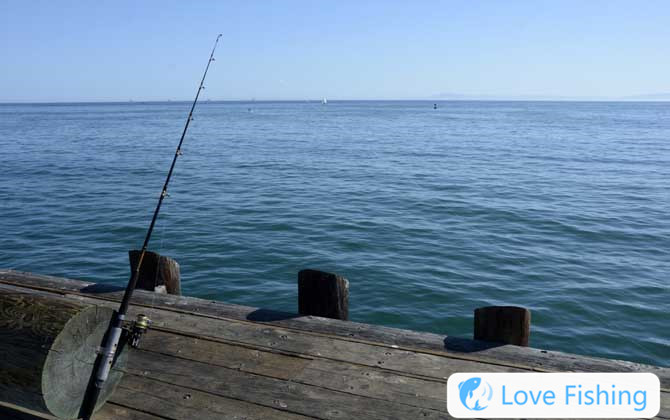
1. Best weather
It is easier to fish on sunny sea fishing, especially if there are northwest winds of level 3 to 4 and north winds are better. The reason is that the air pressure is high in clear weather and the dissolved oxygen in the water is large. Fish are often very active. Although fish are also very active on rainy days, sea fishing is generally fishing at reefs, dams, cliffs and other locations. The authenticity of fishing on rainy days is a safety risk. From the wind direction, the north wind cannot be fished beyond level 5. The south wind does not affect fishing. The southeast wind is the worst. The northwest wind and north wind are the best time for sea fishing.
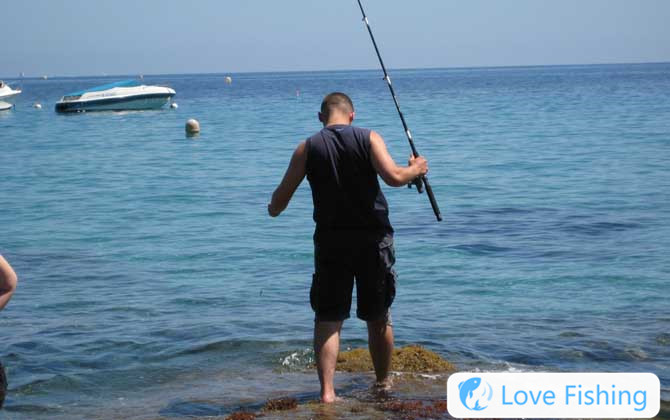
2. Fishing time
1. Year: From the perspective of one year, early spring and late autumn are the best seasons for sea fishing. Spring is the golden season from the Jingzhe to before Xiaoman (early March to mid-May of the Gregorian calendar), and late autumn is the best sea fishing opportunity in the year, especially around August 15th.
2. Month: From the perspective of January, the best time for sea fishing is around the first, second and seventeenth and eighteenth days of the lunar calendar. The reason is that these days are often the tide period of the month. Fish follow the tide, and you can often get good fishing in these days.
3. Day: From the day, it is most likely to catch fish in the morning and evening. Every day, the tide is just rising, the tide is rising or the tide is just recovering or the tide is falling, the best time for sea fishing is the best time. The best effect is that the tide rises to 70% to 80%. At this time, you must seize the beginning and end of the tide.
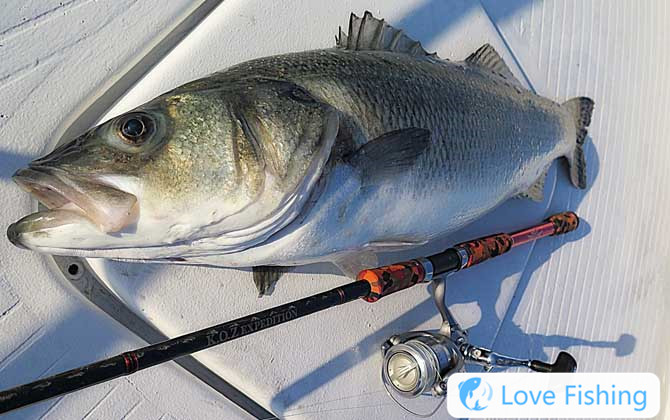
3. Fishing gear selection
1. Fishing rod: Use sea rods when fishing, but no matter what material, they must have strong hardness and need to be equipped with reels.
2. Fishing line: When fishing in sea, the fishing line should be slightly thicker. The diameter is recommended to be above 0.5 mm, the length is 60-70 meters, and the denominator and sub-line.
3. Float: The floating floats in sea fishing have little effect on transmitting information, and they are reliable intimidation, vision, fishing alarms, and fish bells to indicate fish information.
4. Fish hook: The most commonly used hook types for sea fishing include Iseni, Chiyo, Maruse, etc. It is recommended to prepare multiple hooks to meet the needs of different fish species.
5. Lead sinker: Most of the lead sinkers used for sea fishing are movable. The line of the fish can freely pull the pole tip after swallowing the hook, so it should be heavy, but some are also used for dead sinkers.
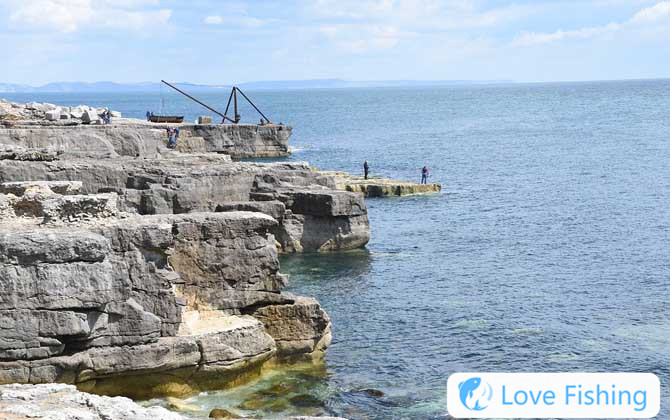
1. Trolling: The target fish for trolling are surface rewinding fish, such as sailfish, tuna, ghost-headed swordfish, etc. Take a special trolling boat or fishing boat to drag the bait or live bait at the tide intersection to lure the predatory rewinding fish to hook.
2. Boat fishing: Take a professional sea fishing boat to go out to sea with a boat fishing rod and throw it down the fishing team to fish. The target fish are deep-sea benthic fish, near-sea benthic or back-swimming fish, such as grouper, chicken fish, ginseng fish, leucorrhea fish, leucorrhea fish, etc.
3. Heavy rock fishing: Heavy rock fishing uses a special heavy rock rod or a 80-digit transverse rod, with a bus bar at least 80 pounds and a sub-line of at least 100 pounds. The target fish are benthic grouper, red trough, snapper family fish, and resuscitable Niugang, Honggan, etc.
4. Sinking bottom fishing: Sinking bottom fishing mostly uses long-range rods or rock rods above No. 6, busbars above No. 8, sub-lines above 20 pounds, fishing spots are rock coasts or breakwaters, and target fish are small and medium-sized benthic fish, such as Snake Family, Ginseng Family, grouper, etc.
5. Floating rock fishing: The fishing set of floating rock fishing is suspended and not bottomed. The target fish are black hair, white hair, hanging, yellow chicken, black snapper, water needle, white dazi, black dazi, black dazi, stinky belly and other floating fish. The target fish during night fishing is mainly white hair.
6. Break-slope dike fishing: Break-slope fishing is divided into floating fishing and bottom fishing. Floating fishing is similar to floating rock fishing. Bottom fishing is slightly different from heavy rock fishing and sinking bottom fishing. The target fish is generally between two to several kilograms, and the equipment is not as thick and heavy as heavy rock fishing and sinking bottom fishing.
7. Beach fishing: The target fishes for beach fish are mostly sand hoe, snake family, and snake family. Most of the fishing rods are beach fishing rods No. 15 to 35. The fishing gear uses upside down or loose tails plus a balance. The bait is generally made of sea worms, shrimps, etc., which is considered the simplest sea fishing method.
8. Fishing on heavy beach: Fishing on heavy beach generally uses long-distance rods above 30 or rock rods above 5. The target fish are fish from Wuzi, Trident, Snake family, and Ginseng family. The size ranges from a few taels to dozens of kilograms. The selection of the fishing gear should be determined based on the target fish.
9. Luya fishing: Luya fishing is a fishing method that imitates weak creatures to trigger attacks from big fish. During the entire fishing process, the anglers are doing whole-body exercises, which is obviously different from the traditional fishing method. It is very popular in Europe and the United States, and my country has just emerged.
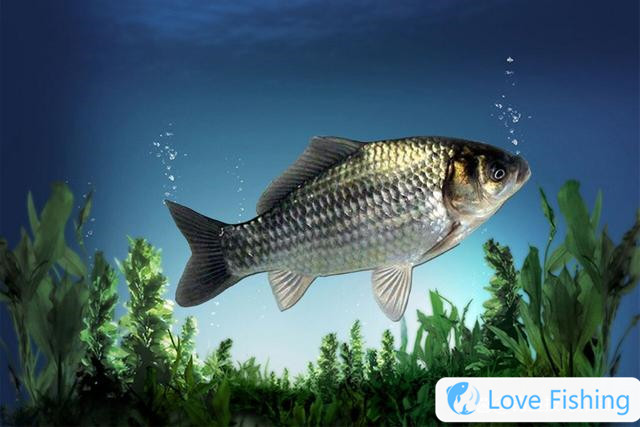 When Will Crucian Carp Open Their Mouths? The Four
When Will Crucian Carp Open Their Mouths? The Four 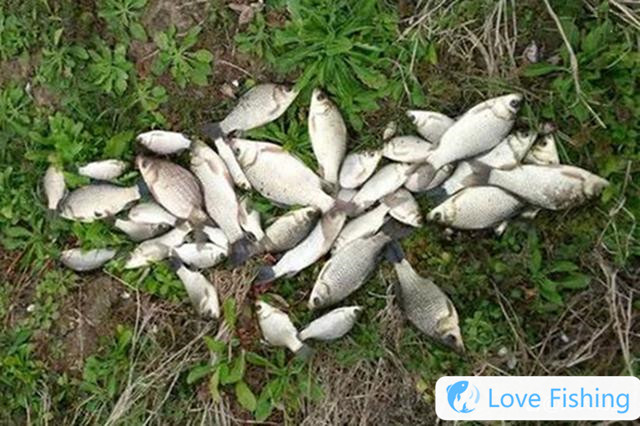 Fishing In The Middle Of The Spring, Although The F
Fishing In The Middle Of The Spring, Although The F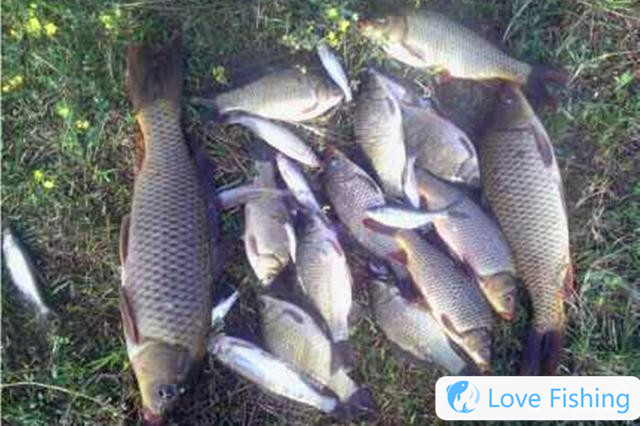 In Spring, Fishing For Carp In Wild, Find 4 Classic
In Spring, Fishing For Carp In Wild, Find 4 Classic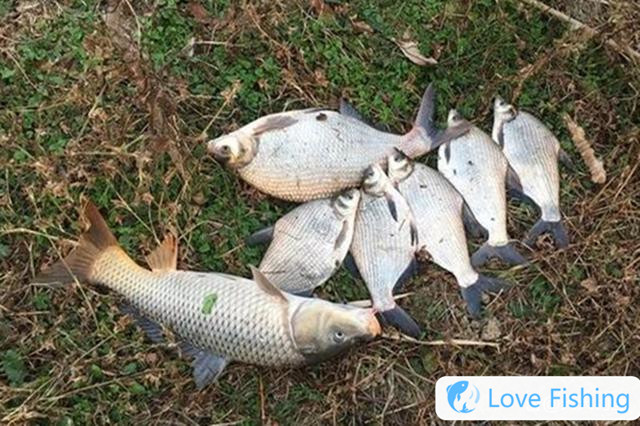 Wild Fishing Position Selection Skills: Choose Diff
Wild Fishing Position Selection Skills: Choose Diff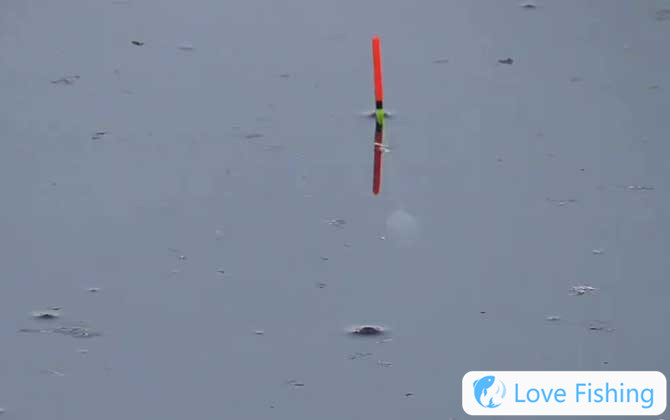 Fishing At The Bottom Or Floating In The Cold Weath
Fishing At The Bottom Or Floating In The Cold Weath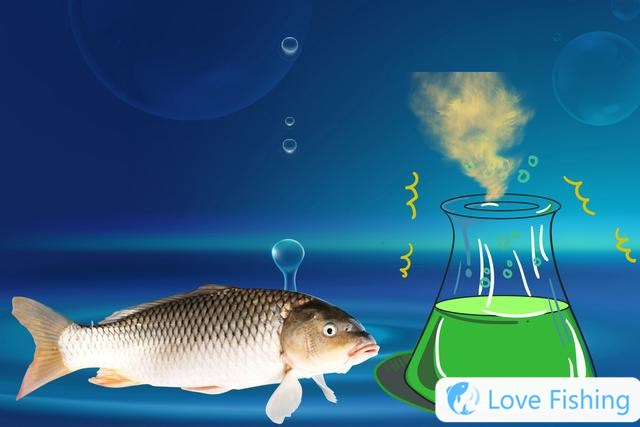 How To Catch Slippery Carp? 5 Foraging Characterist
How To Catch Slippery Carp? 5 Foraging CharacteristAbout us| Privacy Policy| Contact Us
Copyright © 2023-2030 Copyright@Love Fishing XML map